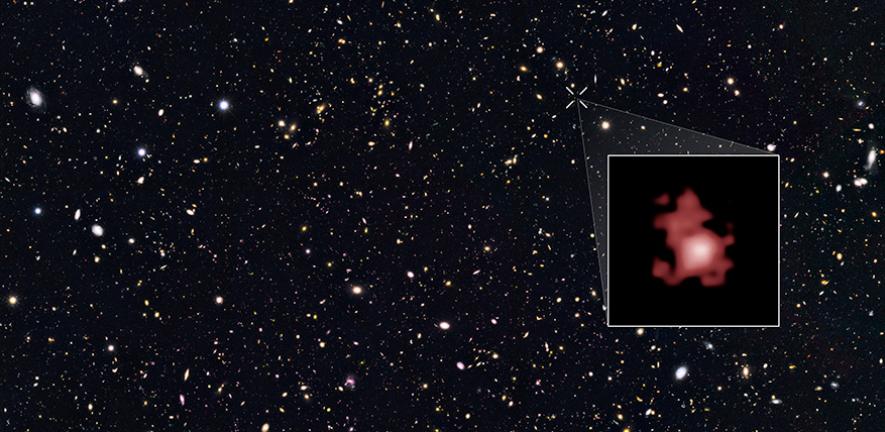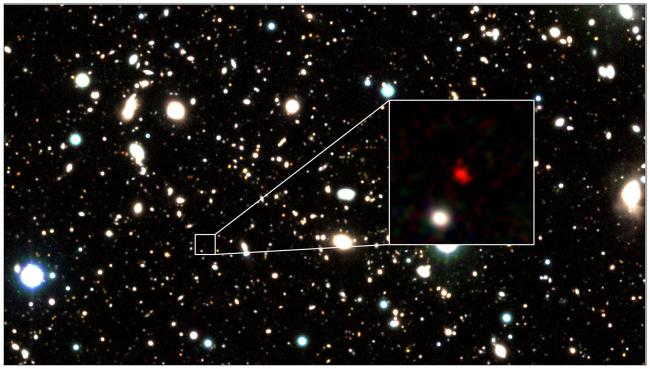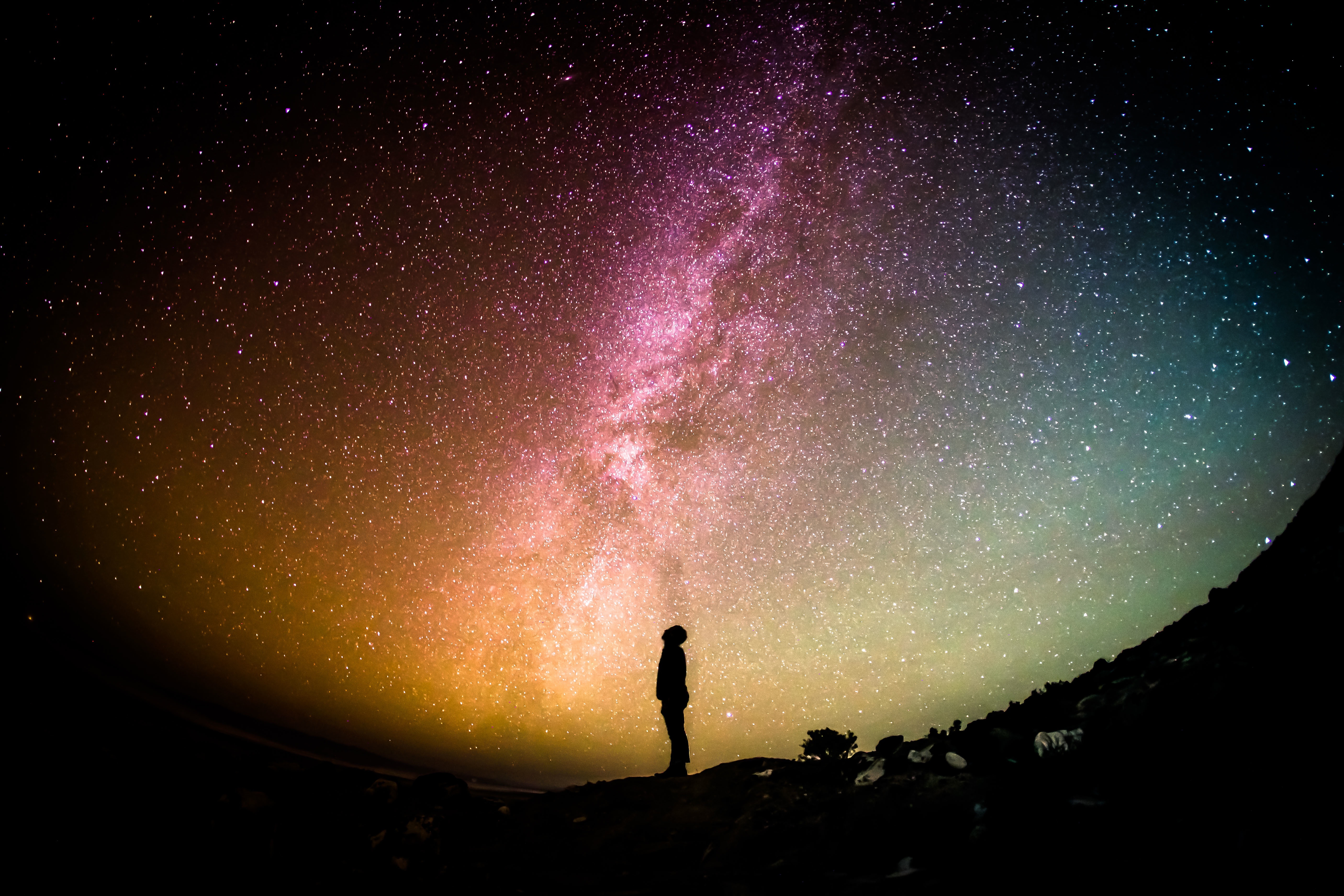
Researchers have discovered the oldest black hole ever observed, dating from the dawn of the universe, and found that it is ‘eating’ its host galaxy to death.
The international team, led by the University of Cambridge, used the NASA/ESA/CSA James Webb Space Telescope (JWST) to detect the black hole, which dates from 400 million years after the big bang, more than 13 billion years ago. The results, which lead author Professor Roberto Maiolino says are “a giant leap forward,” are reported in the journal Nature.
That this surprisingly massive black hole — a few million times the mass of our Sun — even exists so early in the universe challenges our assumptions about how black holes form and grow...
Read More







Recent Comments